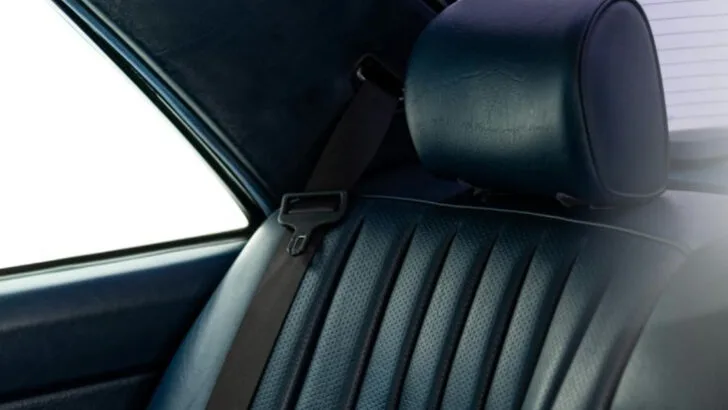Seasoned rental car workers know that even experienced travelers can overlook crucial details, leading to frustration, unexpected charges, or worse. From scratches to fuel levels, there are a handful of things that, if ignored, can turn a smooth trip into a hassle.
Here’s what rental car professionals say travelers always forget to check—and why doing so can save time, money, and stress on the road.
Fuel Gauge and Pre-existing Fuel Level
Imagine driving away from the lot, only to realize the fuel gauge is nearing empty. Rental car workers frequently note that travelers forget to check the fuel level. A quick glance can ensure you’re not starting your journey needing a gas station stop immediately.
It’s crucial to verify the fuel policy of the rental company. Some require you return the vehicle with the same fuel level, while others provide a full tank and expect it back full. Knowing this can prevent surprise charges and align expectations.
Exterior Scratches, Dents, and Paint Chips
Before you drive away, take a moment to inspect the car’s exterior. Many travelers skip this step, overlooking minor scratches or dents that could lead to disputes later. Rental agencies might charge for damages unless documented beforehand.
Taking photos of any imperfections ensures you’re not held accountable for pre-existing conditions. A thorough inspection can save you unnecessary charges and provide peace of mind throughout your rental period.
Tire Condition and Pressure
Tires play a pivotal role in your safety, yet they’re often ignored during the rental process. Ensuring the tires are properly inflated and in good condition can prevent roadside mishaps.
Underinflated tires reduce fuel efficiency and can lead to dangerous blowouts. Checking the tread can also give insight into how the car handles different road conditions. A quick check is a small step for a safe drive.
Lights and Indicators
Picture yourself driving at night only to find the headlights are malfunctioning. A simple check of the lights and indicators before leaving can prevent such scenarios. This overlooked step ensures you have full control over signaling and visibility.
Testing all lights, including brake and hazard lights, ensures safe communication with other drivers. It’s a quick task that can prevent accidents and ensure compliance with traffic regulations.
Windshield Cracks or Chips
Don’t let a hidden chip turn into a costly crack. Inspect the windshield for any signs of damage before driving off. A small crack can quickly expand, especially with temperature changes or rough roads.
Documenting any existing damage protects you from being charged for repairs you didn’t cause. This simple check helps in maintaining clear visibility and safety on your journey.
Interior Cleanliness and Damage
The car’s interior can tell tales of previous renters. Before settling in, inspect the seats, dashboard, and floor mats for cleanliness and damage. Rental car workers frequently find travelers overlook this step.
Understanding the interior’s condition can prevent disputes about responsibility for stains or damages. It ensures a comfortable and pleasant travel experience, free of lingering concerns.
Functioning Seatbelts and Airbags
Safety devices like seatbelts and airbags are silent protectors. Checking their functionality before driving ensures they are ready to perform if needed. Too often, renters assume everything is in working order without verification.
Ensure seatbelts latch securely and check for airbag recall notices. This reassurance contributes to a secure drive, knowing all safety measures are intact.
Car Manual and Emergency Instructions
A car manual might seem like just another booklet, but it’s a treasure trove of vital information. It provides insights into the vehicle’s unique features, warning symbols, and even emergency protocols. Before you drive off, take a moment to locate it in the glove compartment.
Understand the basics, like how to change a tire or jump-start the battery. These instructions can save you from being stranded, especially in unfamiliar territories. Familiarity with these details can lead to a smoother journey.
Don’t overlook emergency instructions either. They’re there to guide you through unexpected situations with ease and efficiency.
GPS or Infotainment Settings
Modern cars often come equipped with advanced GPS and infotainment systems. These can be lifesavers, but only if you know how to use them. Travelers often forget to set or adjust these systems before starting their journey, leading to unnecessary stress.
Spend a few minutes understanding the interface. Set your destination, adjust preferences, and explore features like Bluetooth connectivity.
Familiarity with these settings ensures you stay focused on driving, without fumbling with technology. This simple check can greatly enhance your travel experience, turning potential frustration into seamless navigation.

